
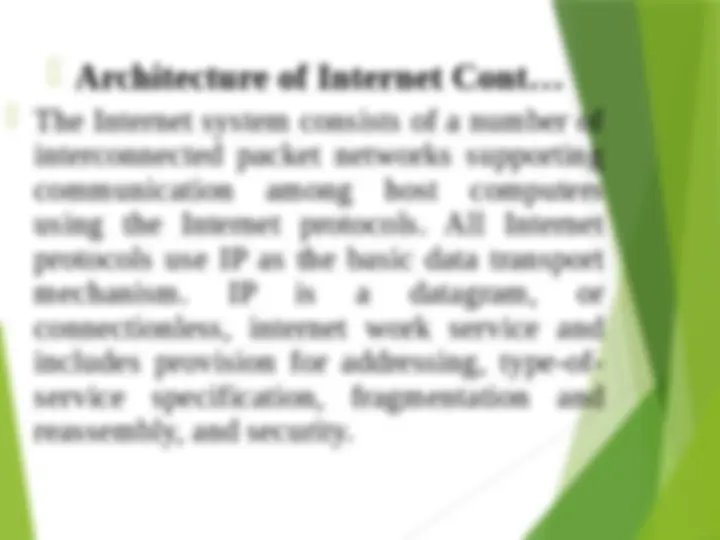
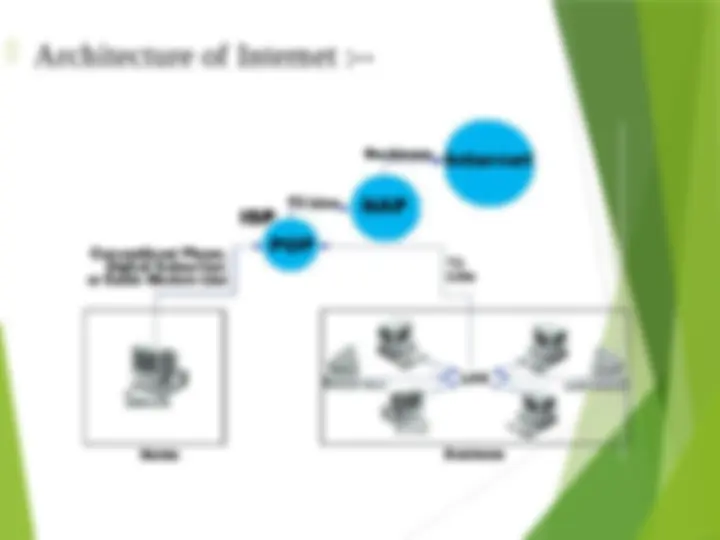
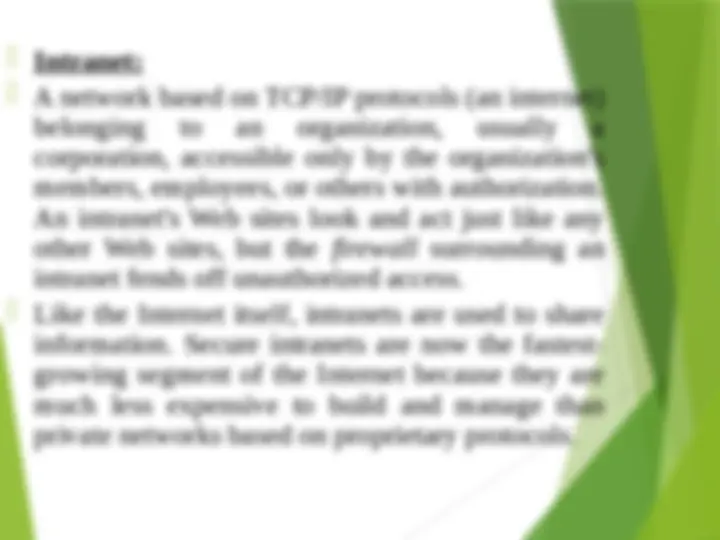
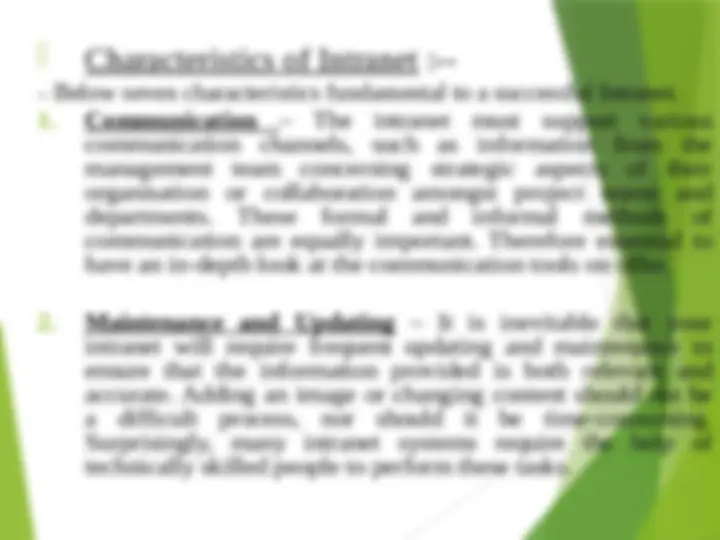
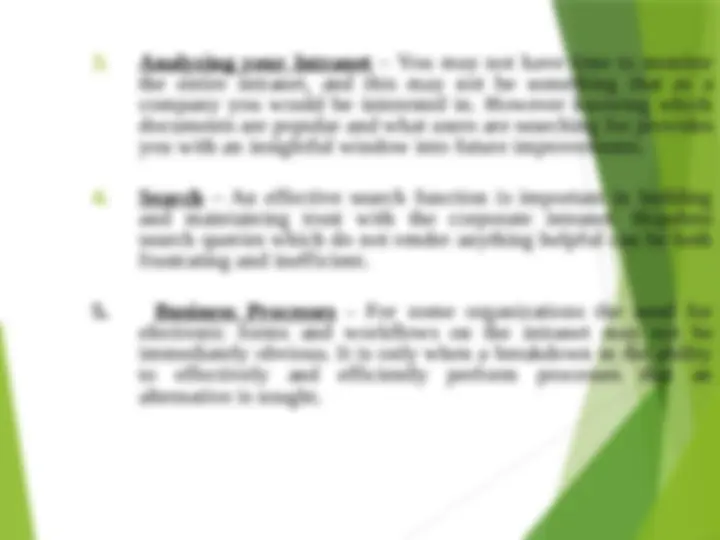
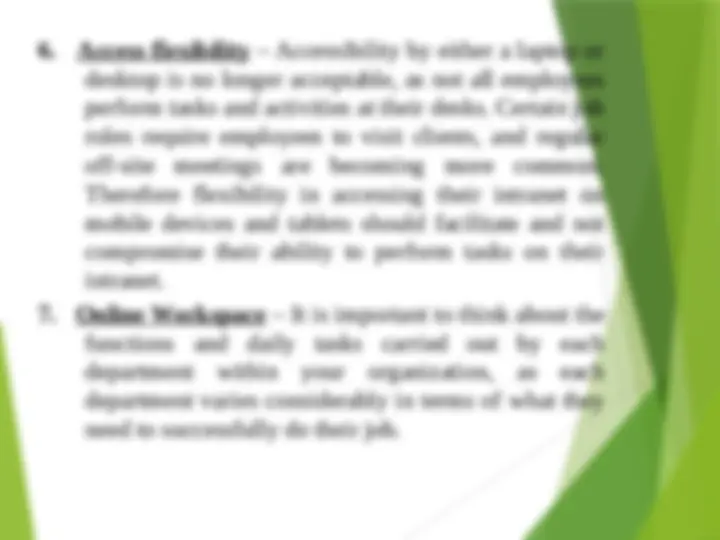
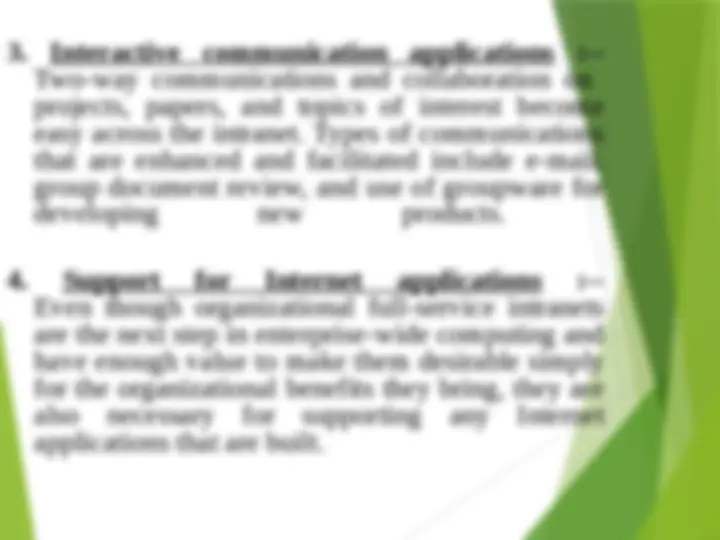
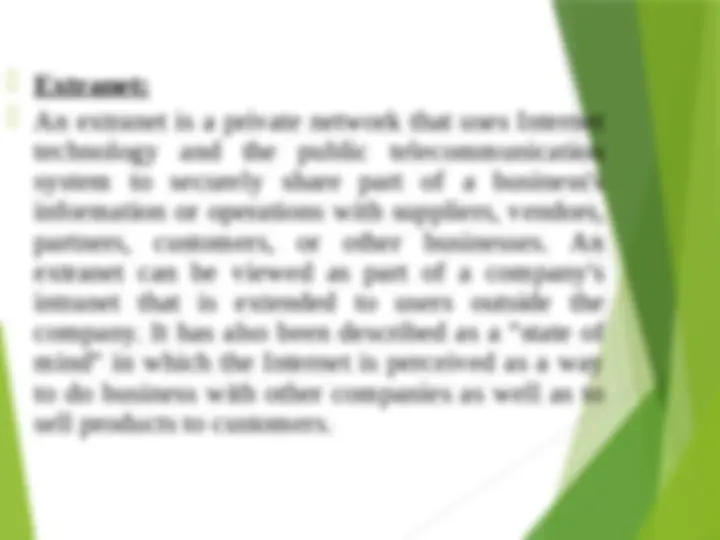
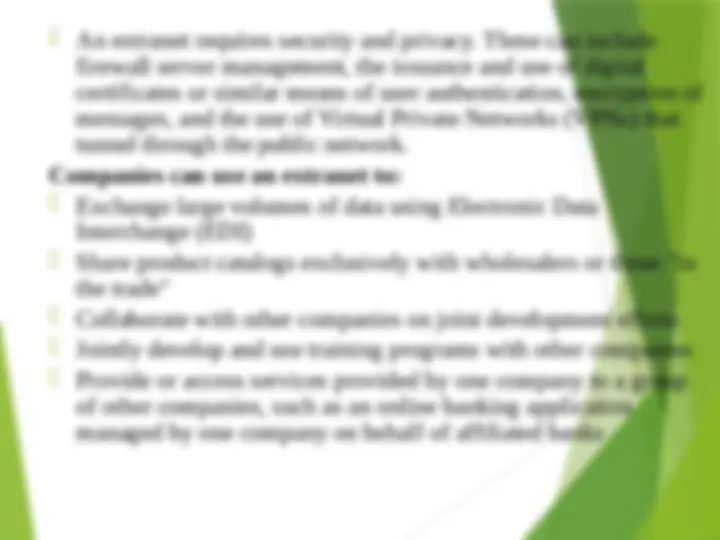
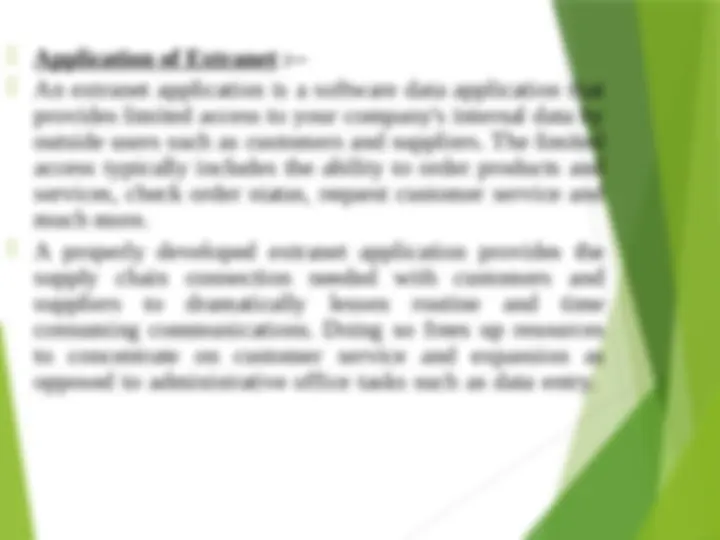
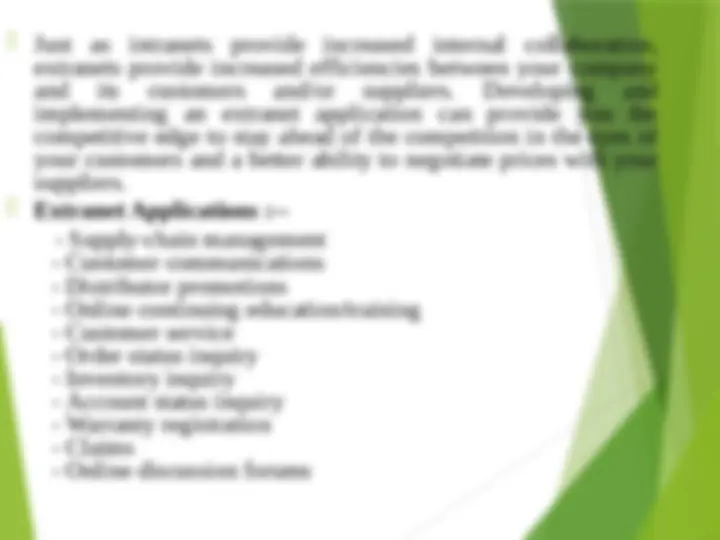

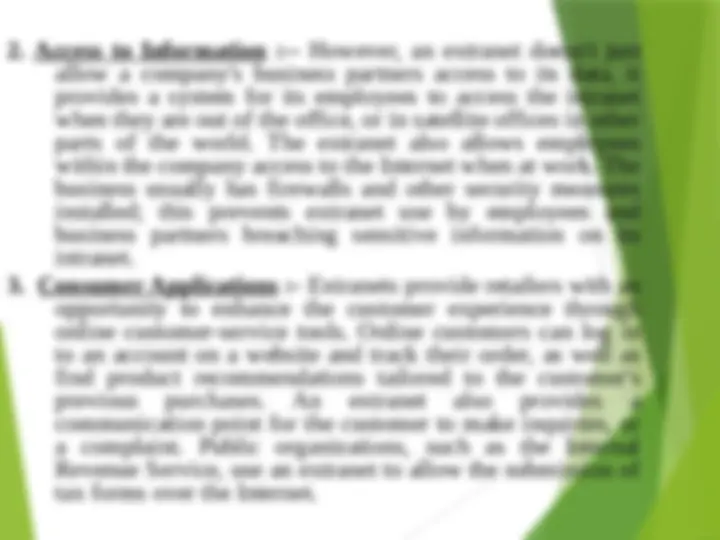
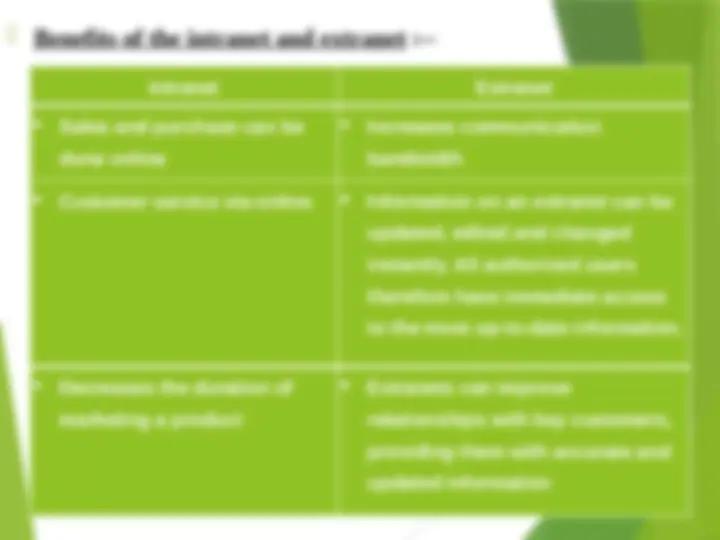
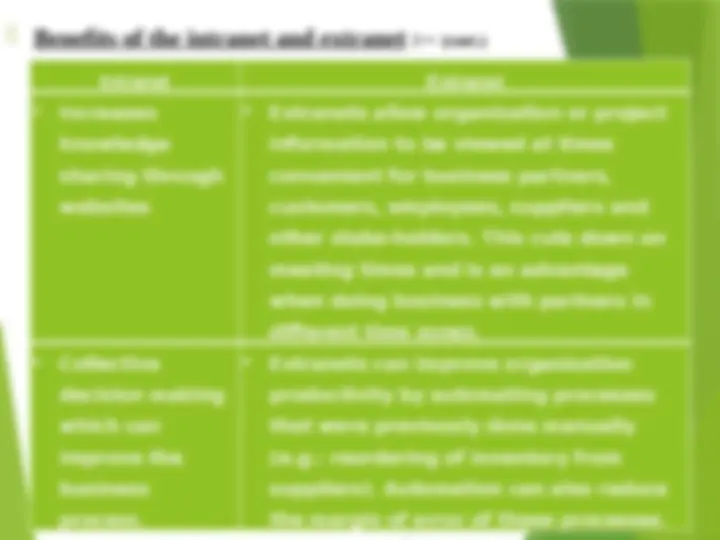
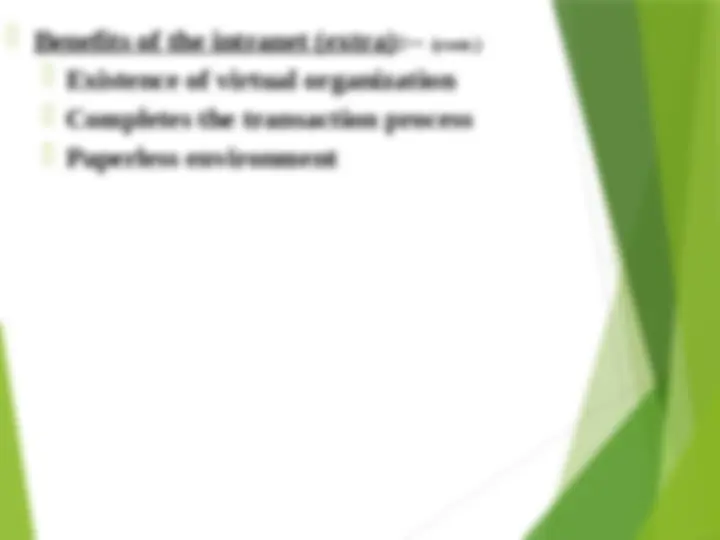


Study with the several resources on Docsity

Earn points by helping other students or get them with a premium plan


Prepare for your exams
Study with the several resources on Docsity

Earn points to download
Earn points by helping other students or get them with a premium plan
Community
Ask the community for help and clear up your study doubts
Discover the best universities in your country according to Docsity users
Free resources
Download our free guides on studying techniques, anxiety management strategies, and thesis advice from Docsity tutors
Software Testing is a method to check whether the actual software product matches expected requirements and to ensure that software product is Defect free. It involves execution of software/system components using manual or automated tools to evaluate one or more properties of interest. The purpose of software testing is to identify errors, gaps or missing requirements in contrast to actual requirements.
Typology: Assignments
1 / 24

This page cannot be seen from the preview
Don't miss anything!

















-- Below seven characteristics fundamental to a successful Intranet.
6. Access flexibility – Accessibility by either a laptop or desktop is no longer acceptable, as not all employees perform tasks and activities at their desks. Certain job roles require employees to visit clients, and regular off-site meetings are becoming more common. Therefore flexibility in accessing their intranet on mobile devices and tablets should facilitate and not compromise their ability to perform tasks on their intranet. 7. Online Workspace – It is important to think about the functions and daily tasks carried out by each department within your organization, as each department varies considerably in terms of what they need to successfully do their job.
(^) Connects two or more business partners (^) Like an intranet (^) Same software, hardware, and networking (^) Additional component: (^) Virtual Private Network (VPN) (^) Secure transmission of proprietary info
(^) Just as intranets provide increased internal collaboration, extranets provide increased efficiencies between your company and its customers and/or suppliers. Developing and implementing an extranet application can provide you the competitive edge to stay ahead of the competition in the eyes of your customers and a better ability to negotiate prices with your suppliers. (^) Extranet Applications :--
1. Information Sharing :-- Sharing information is an important feature of an extranet. Different types of industries find that this streamlines work and increases productivity. For example, a large building project usually involves several companies. The project management company can put all the relevant project documents on its extranet so that the other partners can access them. This ensures that each business has equal access to information -- and cuts down on printing and circulating documents to all the parties. Manufacturing businesses are another example. They can put technical specifications for parts suppliers on an extranet, which a supplier can easily and quickly check.